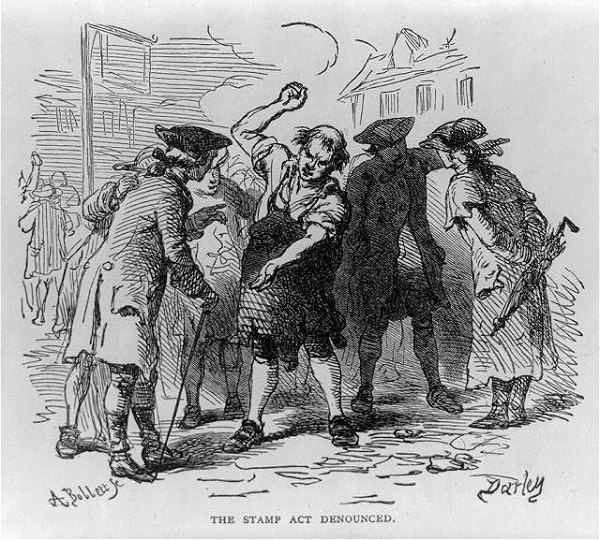
The PowerPoint presentation provides slides to guide students through a review of the Stamp Act (and its context), as well as the lesson’s primary sources for whole class analysis. The lesson packet contains instructional procedures, student handouts, teacher keys, and primary sources.
#The stamp act full#
The full narrative of the Stamp Act includes political, social, economic, and cultural histories on both sides of the Atlantic. There are two components to the lesson –this lesson packet and an accompanying PowerPoint presentation. The Stamp Act Crisis, 17651766, marks the transition in United States history from the Colonial Era to the Era of the American Revolution. In answering the focus question, How did the Stamp Act increase tensions in the colonies?,students will develop an understanding of the colonists’ frustrations with direct taxation and their demand for representation in the British Parliament. Through analysis of primary sources-letters, declarations, and images-students will make historical interpretations of the revolutionary sparks ignited by the Stamp Act.

The lesson’s focus on the Stamp Act provides teachers with an opportunity to increase student reading comprehension and disciplinary understanding. This 5th grade lesson is designed as a starting point to the study of the American Revolution. How did the Stamp Act increase tensions in the colonies? Download Lesson: The Stamp Act What was the Declaratory Act It stated that the British Parliament had the right to make laws and taxes in the colonies. Board of Inland Revenues Stamping Department Archive, Philatelic Collection, The British Library (34). When Britain repealed the Stamp Act, on that same day, they passed the Declaratory Act, March 18, 1766.

It applied to the colonies a stamp tax on all sorts of paperfrom newspapers to legal documents to playing cardsthat had been in place in England for more than a century. “Proof Sheet of 1d Stamp Duties for Newspapers,” 1765. The Stamp Act, ratified by royal assent on March 22, 1765, had been under consideration since September 1763 and was first introduced in the House of Commons in March 1764.


 0 kommentar(er)
0 kommentar(er)
